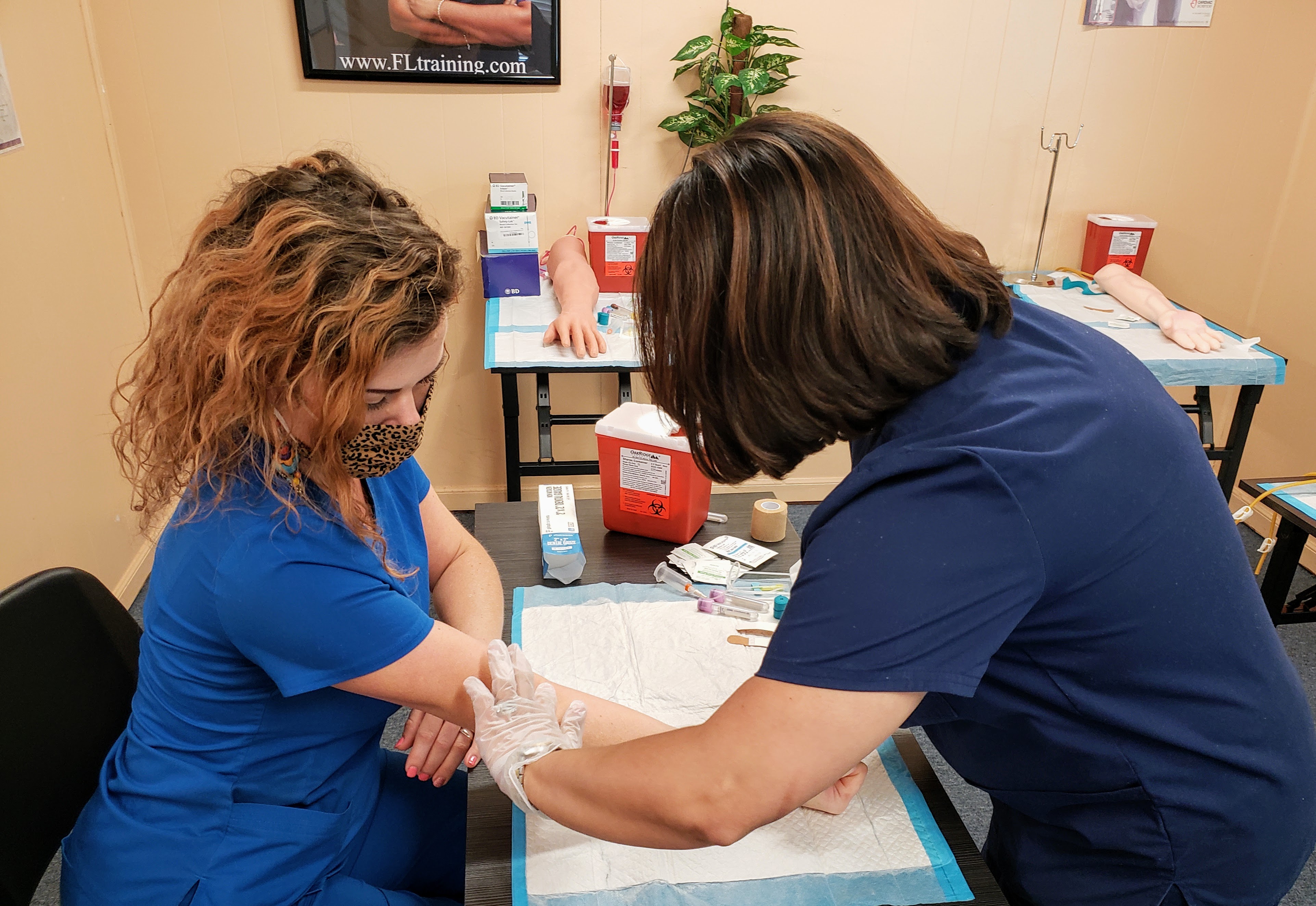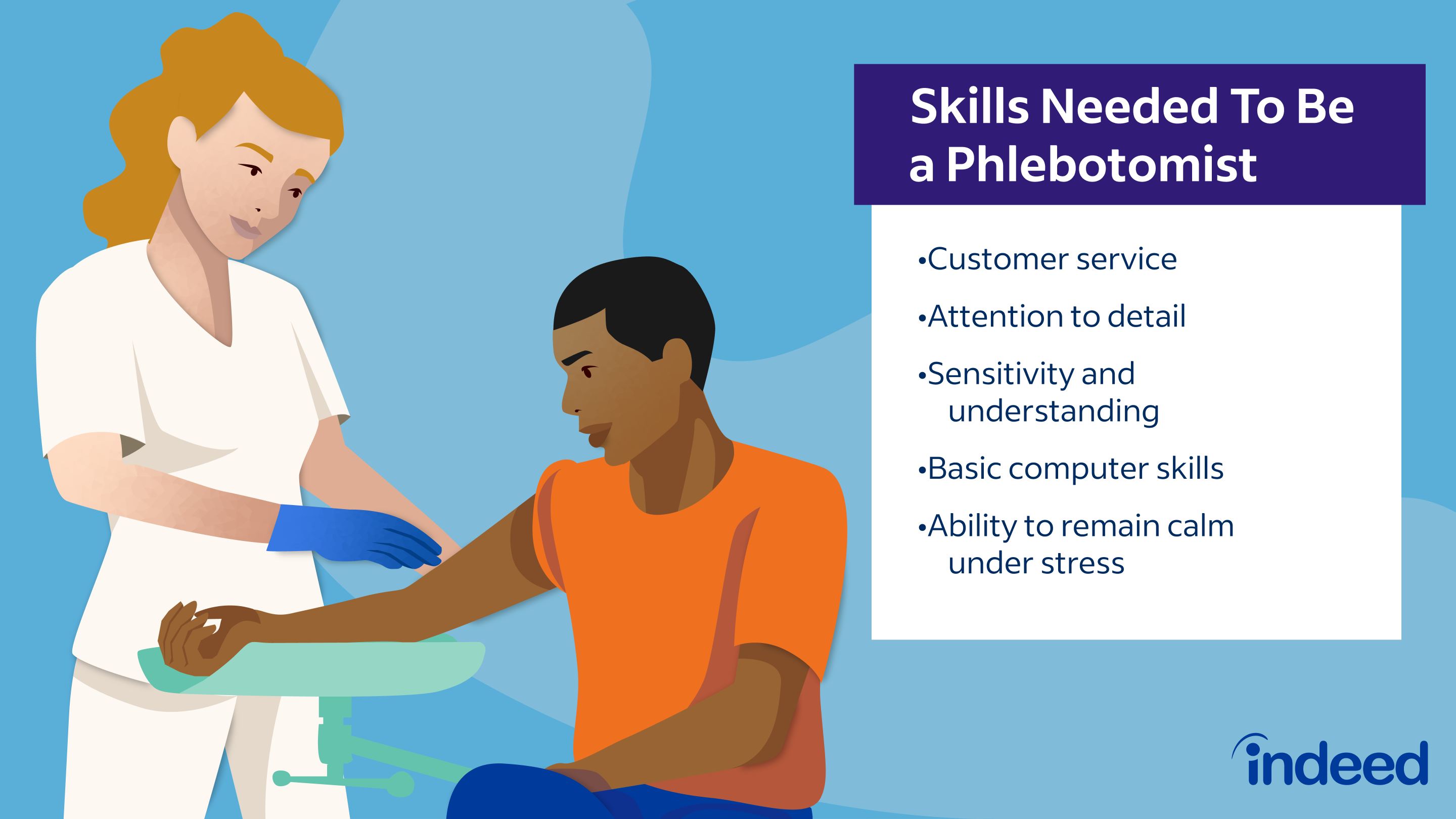The Ultimate Guide To Northeast Medical Institute - New Haven Campus Phlebotomy Course & Cna Class
The Ultimate Guide To Northeast Medical Institute - New Haven Campus Phlebotomy Course & Cna Class
Blog Article
Northeast Medical Institute - New Haven Campus Phlebotomy Course & Cna Class Things To Know Before You Buy
Table of ContentsWhat Does Northeast Medical Institute - New Haven Campus Phlebotomy Course & Cna Class Mean?Little Known Questions About Northeast Medical Institute - New Haven Campus Phlebotomy Course & Cna Class.Some Ideas on Northeast Medical Institute - New Haven Campus Phlebotomy Course & Cna Class You Should KnowNortheast Medical Institute - New Haven Campus Phlebotomy Course & Cna Class Things To Know Before You Get ThisThe Of Northeast Medical Institute - New Haven Campus Phlebotomy Course & Cna ClassAn Unbiased View of Northeast Medical Institute - New Haven Campus Phlebotomy Course & Cna Class
The usage of such tools need to be accompanied by other infection avoidance and control practices, and training in their usage.For settings with reduced sources, expense is a driving element in procurement of safety-engineered gadgets - CNA Classes. Where safety-engineered tools are not readily available, competent use a needle and syringe is appropriate. Unintended direct exposure and certain info about an incident ought to be recorded in a register. Support solutions must be advertised for those that undertake unintentional exposure.
labelling); transport conditions; interpretation of outcomes for clinical monitoring. In an outpatient department or facility, supply a specialized phlebotomy workstation containing: a clean surface area with two chairs (one for the phlebotomist and the various other for the person); a hand wash basin with soap, running water and paper towels; alcohol hand rub. In the blood-sampling room for an outpatient department or center, give a comfortable reclining couch with an arm remainder.
The 2-Minute Rule for Northeast Medical Institute - New Haven Campus Phlebotomy Course & Cna Class
Ensure that the indicators for blood tasting are clearly defined, either in a created method or in documented instructions (e.g. in a laboratory form). At all times, comply with the strategies for infection prevention and control detailed in Table 2.2. Infection prevention and control practices. Accumulate all the equipment needed for the procedure and location it within secure and very easy reach on a tray or trolley, making certain that all the things are plainly visible.
Introduce on your own to the individual, and ask the person to state their full name. Inspect that the lab form matches the patient's identity (i.e. match the patient's information with the research laboratory form, to guarantee accurate identification).
Make the individual comfortable in a supine placement (if possible). The patient has a right to refuse a test at any kind of time prior to the blood tasting, so it is important to guarantee that the client has actually recognized the treatment - PCT Training.
The 4-Minute Rule for Northeast Medical Institute - New Haven Campus Phlebotomy Course & Cna Class
Extend the patient's arm and examine the antecubital fossa or forearm. Find a capillary of a good dimension that shows up, straight and clear. The representation in Section 2.3, shows common settings of the vessels, but lots of variants are feasible. The mean cubital blood vessel exists between muscular tissues and is generally one of the most simple to puncture.
DO NOT put the needle where capillaries are drawing away, since this enhances the chance of a haematoma. The blood vessel needs to show up without applying the tourniquet. Locating the capillary will assist in establishing the correct dimension of needle. Apply the tourniquet concerning 45 finger widths over the venepuncture website and re-examine the vein.
Haemolysis, contamination and existence of intravenous liquid and medication can all alter the results (39. Nursing staff and doctors might access main venous lines for samplings adhering to protocols. However, specimens from main lines carry a risk of contamination or erroneous laboratory examination outcomes (https://www.indiegogo.com/individuals/37924594). It serves, yet not ideal, to injure specimens when first presenting an in-dwelling venous device, before linking the cannula to the intravenous fluids.
Some Ideas on Northeast Medical Institute - New Haven Campus Phlebotomy Course & Cna Class You Should Know
Failing to enable adequate contact time raises the danger of contamination. DO NOT touch the cleaned website; in particular, DO NOT put a finger see here over the blood vessel to assist the shaft of the exposed needle.
Ask the person to develop a fist so the veins are more famous. Get in the vein quickly at a 30 degree angle or less, and remain to present the needle along the capillary at the most convenient angle of entrance - Phlebotomy Courses. Once enough blood has actually been accumulated, launch the tourniquet prior to withdrawing the needle
Indicators on Northeast Medical Institute - New Haven Campus Phlebotomy Course & Cna Class You Should Know
Withdraw the needle carefully and use mild stress to the website with a clean gauze or dry cotton-wool round. Ask the client to hold the gauze or cotton woollen in position, with the arm extended and raised. Ask the patient NOT to flex the arm, because doing so triggers a haematoma.

What Does Northeast Medical Institute - New Haven Campus Phlebotomy Course & Cna Class Mean?
Do not push the syringe bettor due to the fact that additional stress enhances the threat of haemolysis. Where feasible, maintain the tubes in a rack and relocate the shelf towards you. Inject downwards into the ideal coloured stopper. DO NOT eliminate the stopper due to the fact that it will certainly release the vacuum cleaner. If the sample tube does not have a rubber stopper, inject extremely slowly into the tube as reducing the stress and velocity utilized to transfer the sampling minimizes the threat of haemolysis.

Report this page